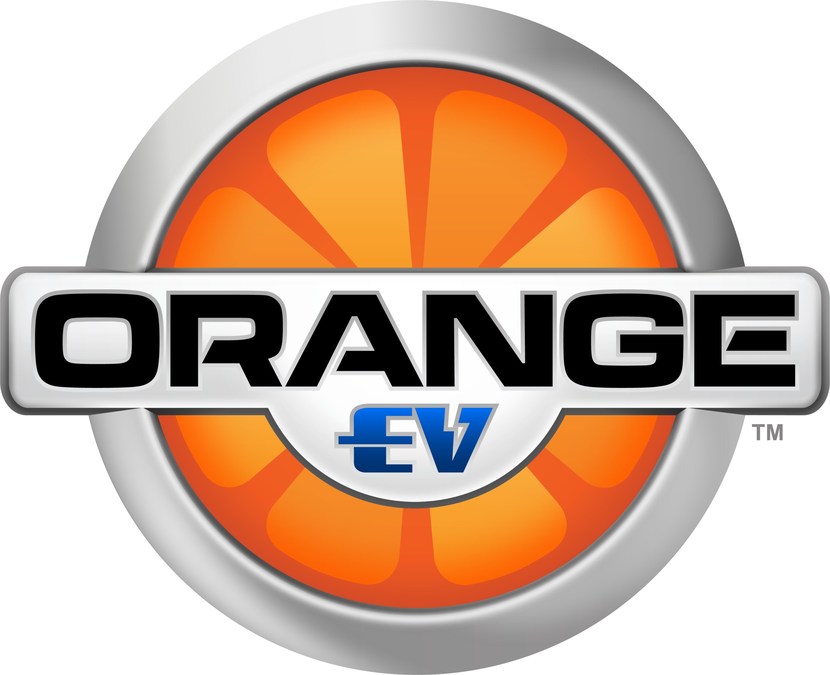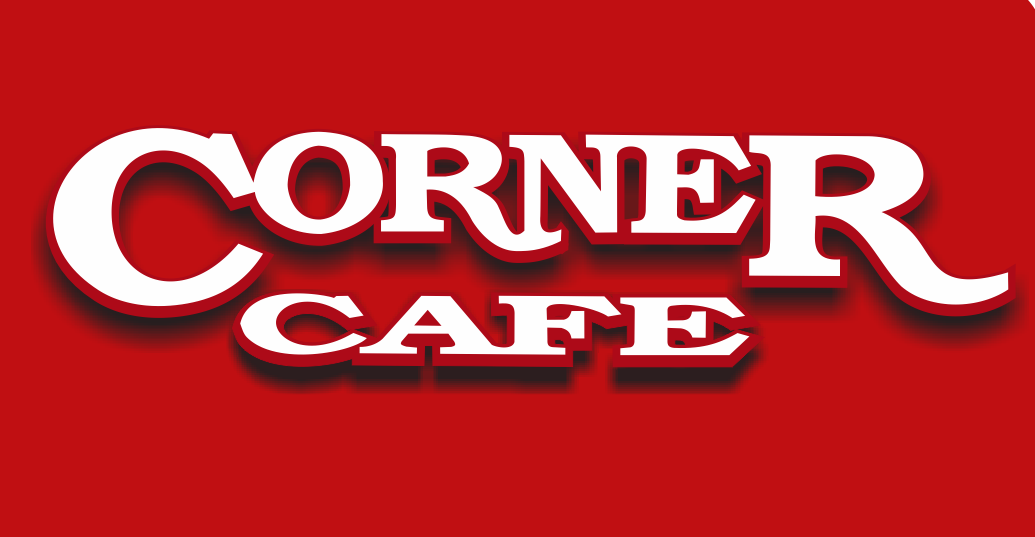- Durability and Longevity:
PVC is highly durable and can withstand exposure to the elements, including sunlight, rain, snow, and extreme temperatures, far better than wood. This durability translates to a longer lifespan, reducing the frequency of replacements and repairs. Wood, in contrast, can be prone to rot, warping, and decay, particularly in damp conditions.
- Maintenance:
PVC requires minimal maintenance, usually needing only occasional cleaning. It does not need to be painted, stained, or sealed regularly, unlike wood, which requires ongoing maintenance to prevent deterioration and to maintain appearance.
- Resistance to Pests:
PVC is impervious to termites and other insects that can severely damage wood structures. This resistance adds to its longevity and reduces maintenance and replacement costs over time.
- Consistency and Precision:
PVC products are manufactured to exact specifications, ensuring uniformity and consistency in size, color, and shape. This precision can be advantageous in construction and manufacturing processes. In contrast, wood, as a natural material, can have inconsistencies, knots, and irregularities.
- Moisture Resistance:
PVC is inherently resistant to water damage, making it suitable for use in environments where wood might rot or degrade, such as in bathrooms, kitchens, or outdoor settings.
- Cost-Effectiveness:
While the initial cost of PVC can be higher than some types of wood, the lower maintenance, replacement costs, and longer lifespan often make PVC a more cost-effective option over the long term.
- Customization:
PVC can be manufactured in a wide range of colors, textures, and patterns, including those that mimic the appearance of wood. It can also be easily cut, shaped, and installed, allowing for a high degree of customization in design and application.
- Fire Resistance:
PVC is more fire-resistant compared to wood, adding an extra layer of safety, especially in applications where fire risk is a significant concern.
Conclusion:
From a functional and economic standpoint, PVC can indeed be considered a better version of wood in various applications due to its durability, low maintenance, and resistance to elements and pests. However, the environmental considerations are critical, and the use of PVC should be balanced against sustainability concerns and the specific requirements of the project.


















